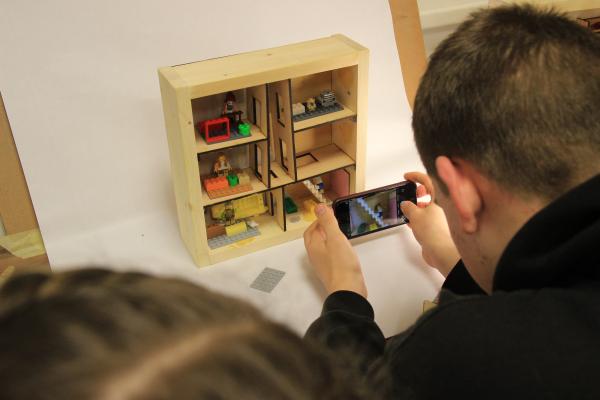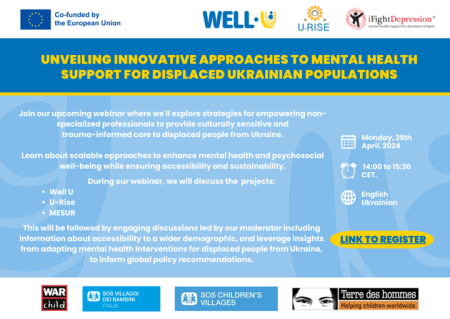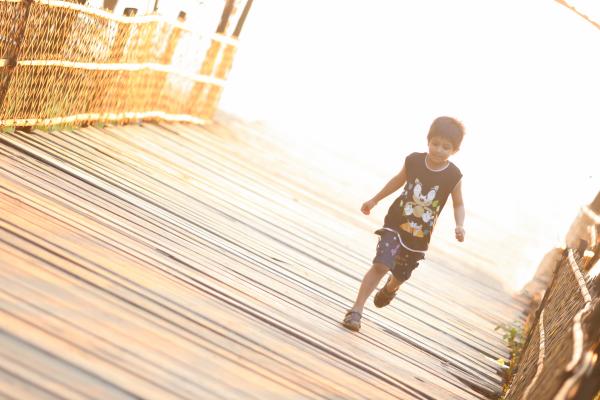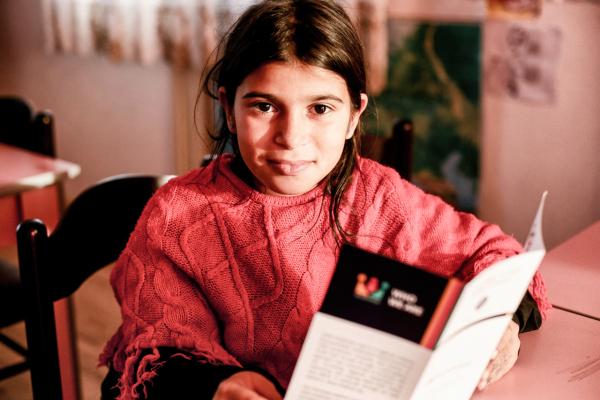
Welcome to an insightful interview with Dorina Bencsics, Tdh's newly appointed Resilience Innovation Facilities (RIF) Officer, as we delve into innovative strategies for empowering children through art, design, and technology. Discover how this accomplished professional, with a background in product and ceramic design, brings a unique perspective to child development. Join us for an engaging discussion on the impact of creative methods, digital outreach, and fostering a supportive community for positive change.
As a new RIF Officer at Tdh, can you share a bit about your educational background and how it has prepared you for your role in this innovative field?
I am a product designer and ceramic designer by profession. I have always been curious and interested in different cultures, psychology, and creating things. During my studies, I had the opportunity to participate in short-term projects, education, and volunteering in different countries, so I experienced how exciting it is to work in an intercultural environment. Design has allowed me to explore topics that push my own boundaries. In addition to the material knowledge during my internship at the MOME Innovation Centre (Budapest, HU), I was introduced to the concepts of social and collaborative design, and how different methods can be used to impact the lives of individuals or communities.
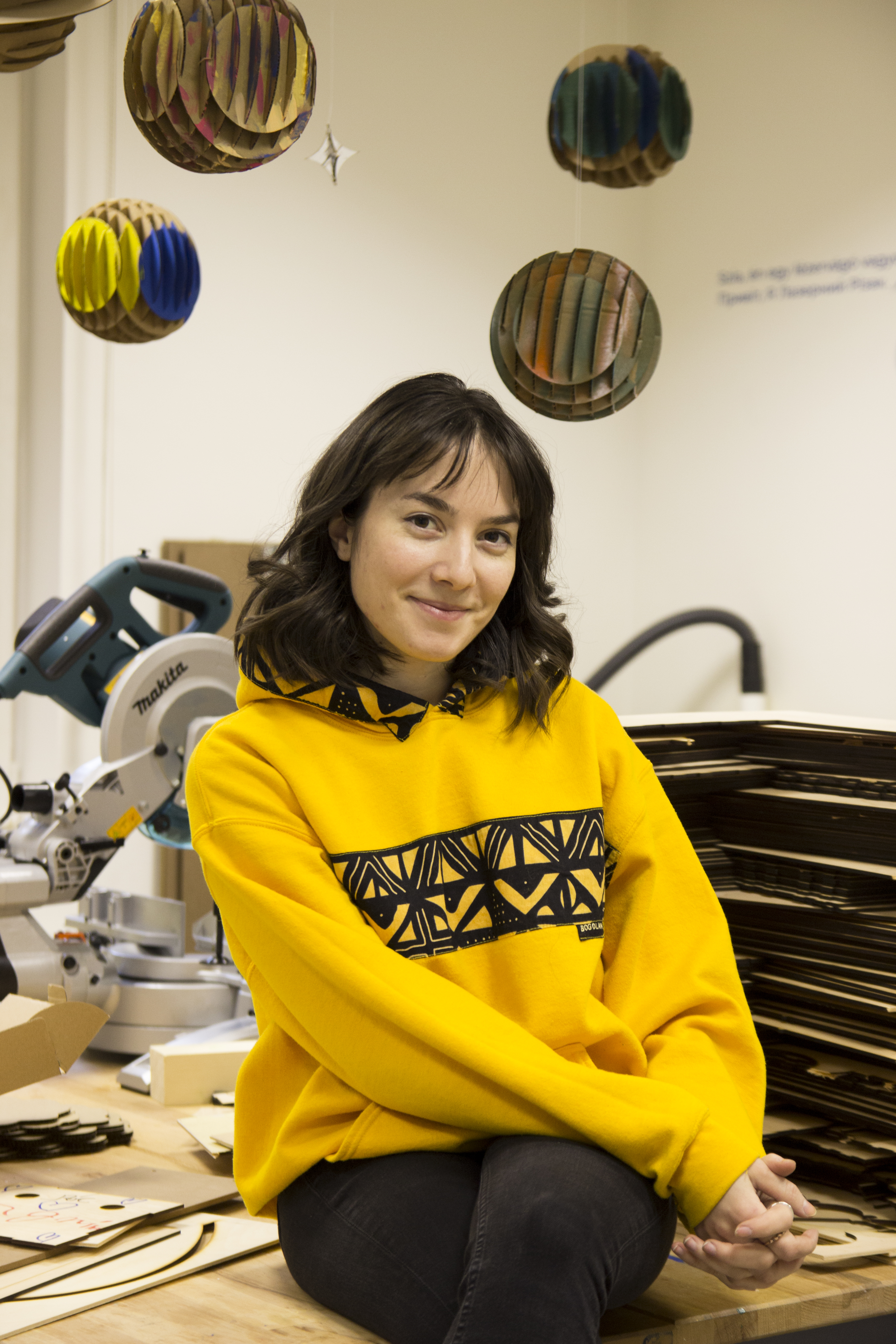
The recent Tiny Home workshop sounds intriguing. Could you provide insights into what the workshop aimed to achieve and how it contributed to developing the children's skills?
The aim of the project was to imagine and build their own dream home and to make a model of it. In this series, we focused more on the use of DIY tools, adapted to the age of the participants (6-10 years old), and we will introduce them to some of the digital technologies based on their DIY models.

By exploring their own space and experimenting with imaginary spaces, participants learn how to transition from 2D to 3D. Through a playful design process, they learn how to make decisions and create with different techniques, whether it's DIY, crafts, or computer software. Group sessions give participants the opportunity to develop their communication, listening, and cooperation skills and an opportunity to share their ideas in an open and safe community.
First week of January there was a super stop-motion workshop. Can you paint a picture of what this workshop involved? How did the participants create their own videos, and what skills were they able to cultivate through this hands-on experience?
We wanted to begin a quite new direction, which was not usual here in RIF before. Our aim was to introduce participants to a filmmaking technique that they could take to a professional level, but they could also confidently start to experience by using their own phones.

This programme was aimed at a slightly older age group (12-17 years), as the implementation process requires more patience. They worked in pairs to come up with short story ideas, then they chose the characters and backgrounds needed. In addition to their communication and visual communication skills, the process strongly developed their creative problem-solving skills and perseverance.

The workshop, which lasted just a few hours, was a great success with the participants, so we are certainly looking to run longer animation workshops over several weeks in the future.
The Resilience Innovation Facilities (RIF) at Tdh focus on combining digital technologies with protection and psychological well-being. How does this concept come to life in your role, and what impact do you hope it will have on the children and communities you work with?
Through art, creative methods, and games, we want to empower children to behave more responsibly in their closer and wider environment. To achieve this, we work with the RIF team to design projects that give them an age-appropriate framework, sufficient to achieve a positive outcome, while also giving them the freedom to change and personalize each step.
As well as developing manual and digital skills, I believe that the participants need mentors who are non-judgmental, supportive, but also responsible and dutiful.
It is an open and acceptable community, where we teach them to communicate honestly and respectfully with their peers. Personally, I would like to help them channel their powerful energies in a constructive way, and I hope I can support them in achieving their own ideas.
Looking ahead, what exciting projects or developments can we expect from the RIF team at Tdh? How do you envision these initiatives making a positive difference in the lives of the children you serve?
In the future, we will continue to implement projects that have worked well in the past, but we have some new ideas that we want to develop. For example, a stop-motion session over several weeks, where we would have the opportunity to go into the technique in more detail (model making, set building, using different digital tools). We will create experiential creative processes for the younger ones, where we will focus on self-expression and gradually introduce them to digital technologies in a playful way.
They are constantly supported to create their own project ideas. This year, we also aim to implement group projects that they initiate individually or in groups. Implementing their ideas always results in greater motivation and a strong cathartic experience, which will make them more courageous to initiate changes in their own lives.

You might like..


